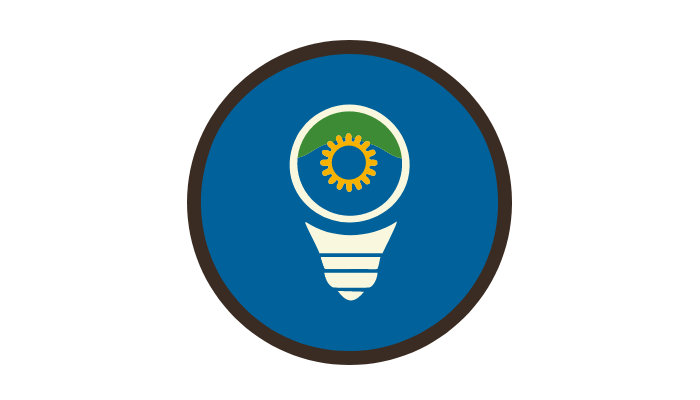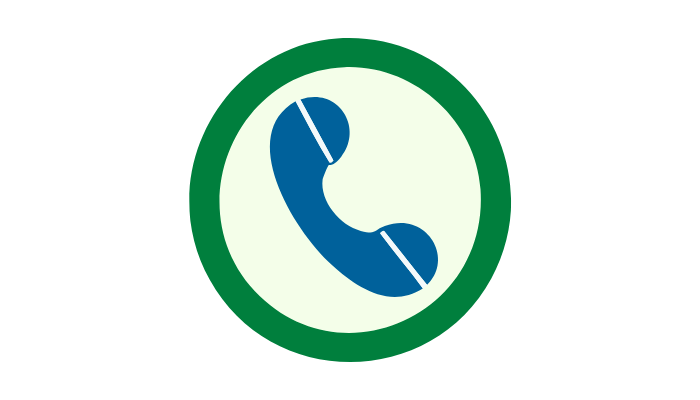Projects
Across a wide range of projects, IEMM scientists and staff provide necessary quantitative expertise, field support, and laboratory services. Our projects combine multiple areas of our expertise, while they often primarily align with one or another of these areas.
Southern California Montane Forest Conservation Strategy
Collaborative of Native Nations for Climate Transformation and Stewardship (CNNCTS)
Developing a Framework for Valuing Carbon Sequestration in San Diego’s Natural Lands
Climate Resilient Connectivity for California’s South Coast Ecoregion
Fisheries and Climate Toolkit (FaCeT)
San Diego County Ecosystems: Ecological Impacts of Climate Change on a Biodiversity Hotspot



